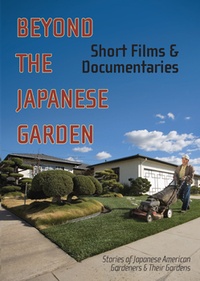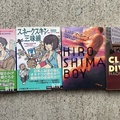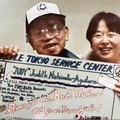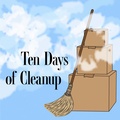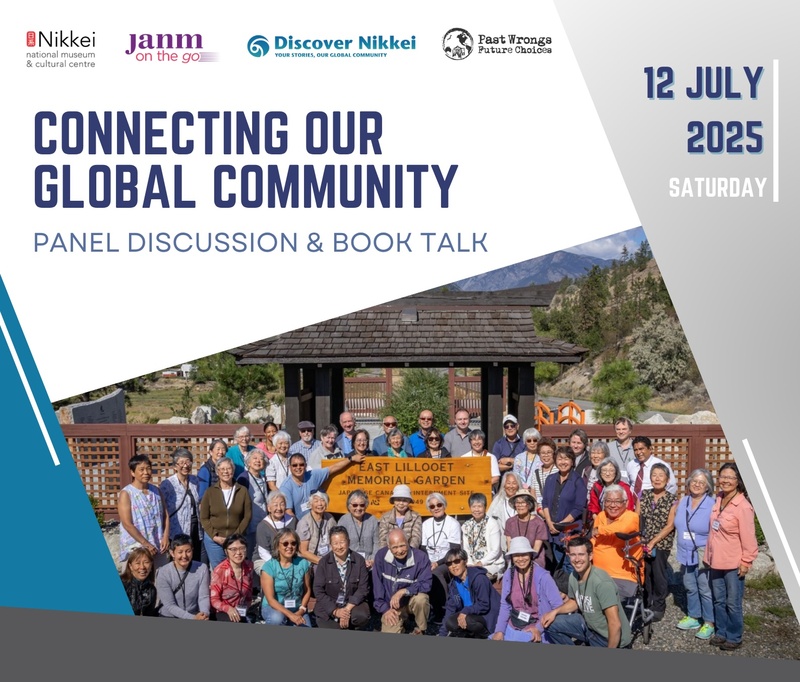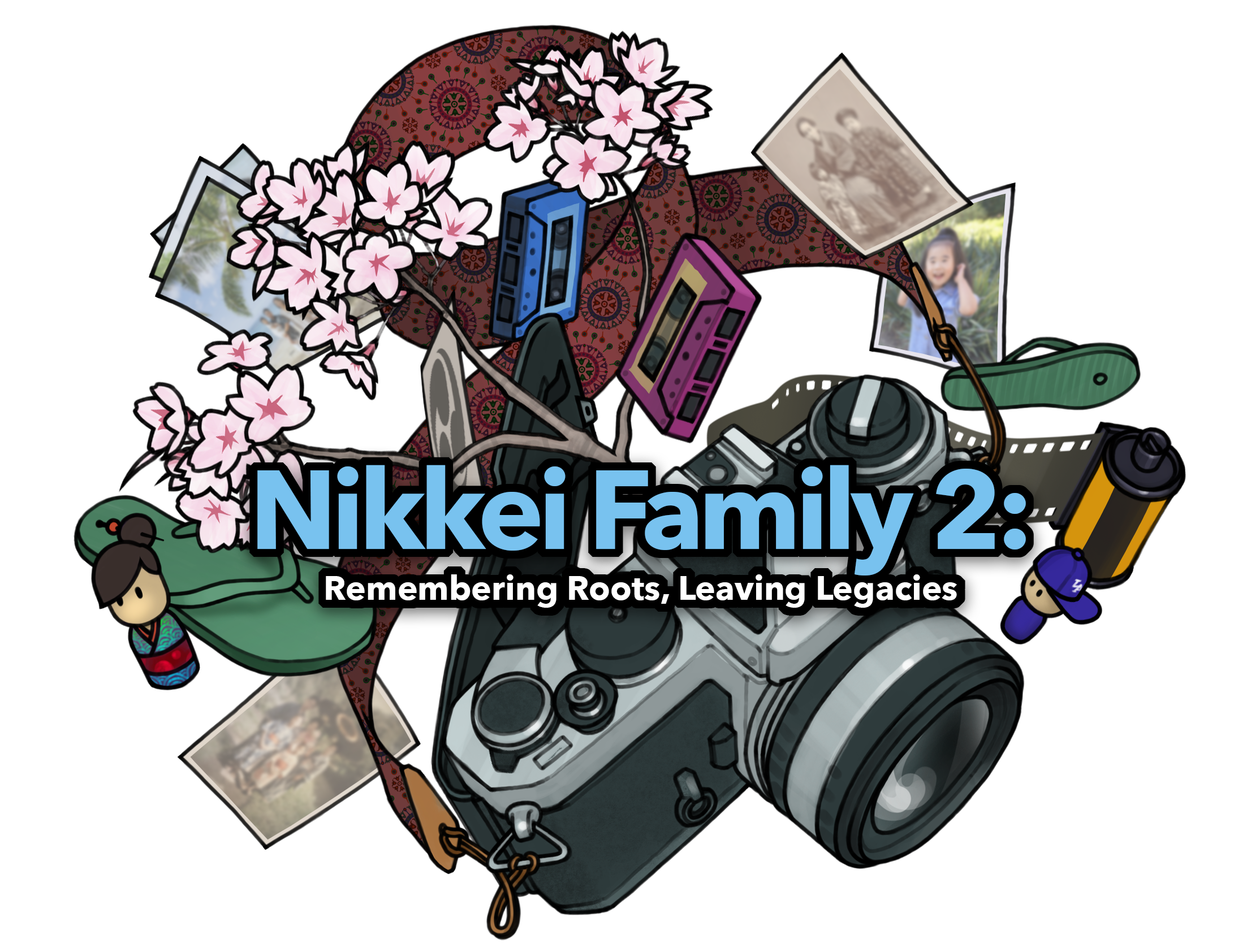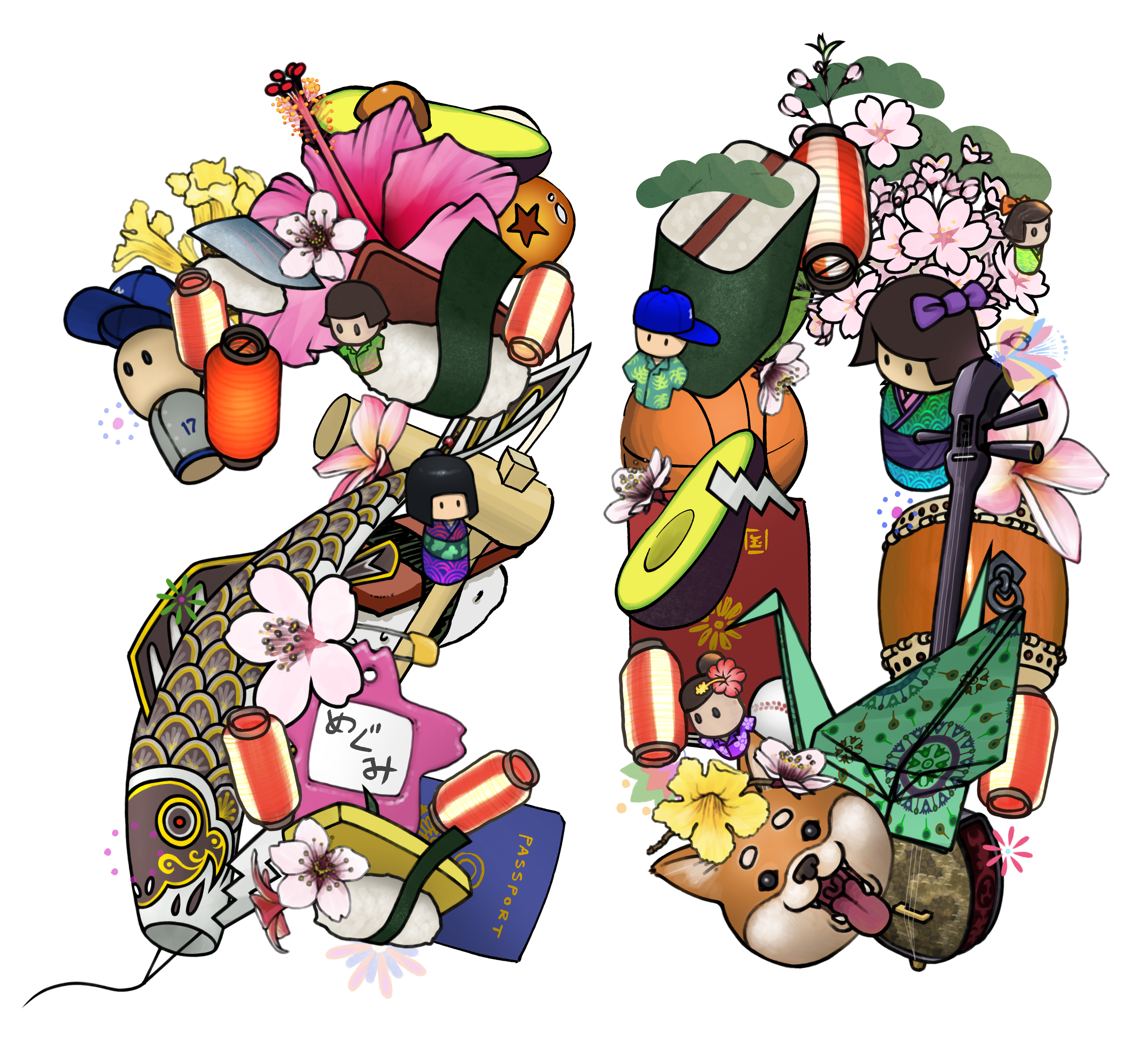As I’ve stated before in interviews, it took me 15 years to get my first novel published. I rewrote it numerous times (maybe the first chapter 33 times!), eliminated major characters, revamped the plot, and changed the title about four times. The one thing that stayed the same was the lead character, Mas Arai, a Japanese American gardener and atomic bomb survivor.
Only when the story transformed into a mystery did literary agents finally take notice. The title, Summer of the Big Bachi, also reflected the story’s mysterious plot line. Since then I’ve come to realize that the mystery genre is the perfect container for Japanese American stories, especially those involving farming or agriculture.
For example, many people view gardeners, especially maintenance gardeners, as passive people, employed to keep the status quo. But if you really examine the life of a Japanese American gardener—the turmoil and events that led these men and some women into their profession, you will see that their lives are active and rich.
So, of course, I was delighted to hear that the Japanese American National Museum was going to have an exhibition documenting the social history and aesthetics of Japanese American gardens and gardeners in Landscaping America: Beyond the Japanese Garden, an exhibition which appropriately opens on Father’s Day. Then I was approached about writing a script for this production by museum curator Sojin Kim and Frank Watase Media Arts Center staff members John Esaki and Akira Boch.
We met in the conference room of the Southern California Gardeners’ Federation building in the middle of Toytown in downtown Los Angeles, just south of Little Tokyo. One option, explained Akira, who would be the director of the 15-minute media piece, would be a standard documentary. The other would be a mystery.
A mystery? For a museum exhibition? I was surprised yet excited. Could a fictional mystery-laden film adequately present the facts of the Japanese American gardening experience? (Never mind that I had never written a script before!)
What resulted was the creation of Mamo’s Weeds: Mystery of an L.A. Gardener. It tells the story of Mamoru “Mamo” Ikeda, a bachelor Kibei gardener in L.A. who is haunted by a weed infestation that he was blamed for in the 1980s. The weeds are now back, and it’s up to him to solve the mystery, which is linked to a community Japanese garden in East Los Angeles.
Not only is Mamo’s Weeds a mystery but it’s a paranormal mystery. “Para” in Latin means “against, counter, outside, or beyond.” So paranormal is outside the norm. I don’t normally (pun not intended) explore the paranormal in my writings, but somehow it appears in Mamo’s Weeds. Mamo receives a series of strange phone calls at three o’clock at night, a supernatural hour in some cultures. The phone calls are clues into the weed infestation; these two unexpected occurrences come together at the end.
In keeping with the film’s tone, the filmmakers also apparently had their mysterious moments in making Mamo’s Weeds. A prop, a Costco rotisserie chicken, magically appeared after all were supposedly sold out. Before a shoot, director Akira Boch was suddenly awakened in the middle of the night at yes, three o’clock in the morning.
I purposely stayed away from the filming because I didn’t want to interfere, but I kept close tabs. Every location—actor Ken Takemoto’s house(s), the Gardeners’ Federation building, Chop Suey Restaurant (the former Far East Café in Little Tokyo), Tokio Florist in Silverlake, Japanese gardens at the Japanese American Cultural and Community Center and Roosevelt High School—were all available. No mishaps, including weather. It was as if someone beyond ourselves wanted Mamo’s plight to come to a smooth resolution.
I want to personally thank the whole museum staff—from everyone mentioned above to all others who helped in the production of Mamo’s Weeds, including Audrey Muromoto and Carla Tengan, as well as all the freelancers—cinematographer extraordinaire Dean Hayasaka (these scenes of L.A. are just breathtaking and are a highlight of the film), musician David Iwataki (his score is gorgeous as well), Jon Oh, Ann Kaneko, Masaki Miyagawa, Francisco Hernandez, Gary Ono, Anahuac Valdez, and Gena Hamamoto. Kudos also go to the actors, Ken Takemoto, Sab Shimono, Annie Rollins, Robert Covarrubias, Helen Ota, Bill Saito, Rodney Kageyama, extras Tim Toyama and Roy Imazu, and the students of Roosevelt High School.
For those who may have more questions than answers after viewing Mamo’s Weeds, I invite you to a discussion with myself, the director, actors, and others on Saturday, August 25, at 2 p.m. at the Democracy Forum. We’ll be viewing the film on the big screen and then analyzing it afterwards.
Like life itself, the storyline of Mamo’s Weeds is full of ambiguity. It requires participation of the viewer to make his or her own interpretation of the sequence of events. And like Mamo, whose full Japanese name means “to protect,” we are all charged with being active participants and caretakers of Japanese American history and culture. May all Mamos step forward, even when times seem dark and mysterious.
* * *
Landscaping America: Beyond the Japanese Garden will be at the Japanese American National Museum from June 17 through October 21, 2007.
Mamo’s Weeds is included in the Beyond the Japanese Garden: Short Stories and Documentaries DVD which will be available for sale through the Japanese American National Museum Store.
* * *
© 2007 Naomi Hirahara


